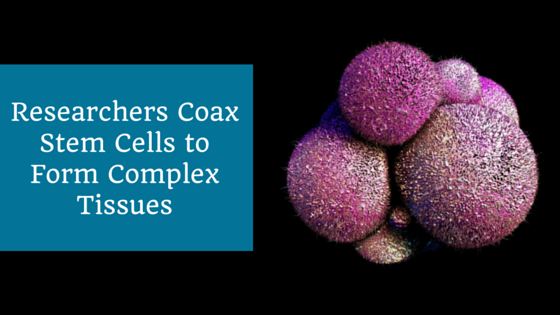
Researchers have discovered a new technique that allows them to reprogram human stem cells to form different types of tissue. This technique may allow doctors to produce personalised organs that have been grown from stem cells. The new technique was developed by scientists at MIT and was published in the journal Nature Communications.
The technique uses stem cells from the patients own bodies to grow the organs. It has the potential to save the lives of millions of people who require organ transplants. By using an organ that has been grown from a person’s own stem cells, it also removes the risk of organ rejection.
Ron Weiss, professor of biological engineering at MIT explains the importance of the breakthrough: “Imagine that there is a patient with liver complications. We could take skin cells from that person and then [convert] them into stem cells, and then genetically program them to make the liver tissue, and transplant that into the patient.”
Researchers were initially looking at the ability of human stem cells to produce pancreatic cells for treating people with diabetes. They first created induced pluripotent stem cells (IPS) from a patient’s skin cells. They then developed a molecule that made the IPS cells produce GATA6, a protein that can convert IPS cells into endoderm cells (very young cells that form the foundation of many organs).
While endoderm cells can be turned into pancreatic cells, researchers let the cells develop by themselves. After two weeks they discovered that the cells had formed a liver “bud”, which is for all intents and purposes a miniature liver.
They have discovered that other types of organs can be developed, including the pancreas. If scientists can consistently grow organs in this way, it may be one of the biggest scientific breakthroughs in the past 50-years.
Source: Researchers Coax Human Stem Cells to Form Complex Tissues
{{cta(‘3fe0aac7-7562-46dc-b8b9-c706d9cfd6b1’)}}
{{cta(‘fec594e9-5433-4350-9180-2bdd371eb399’)}}


